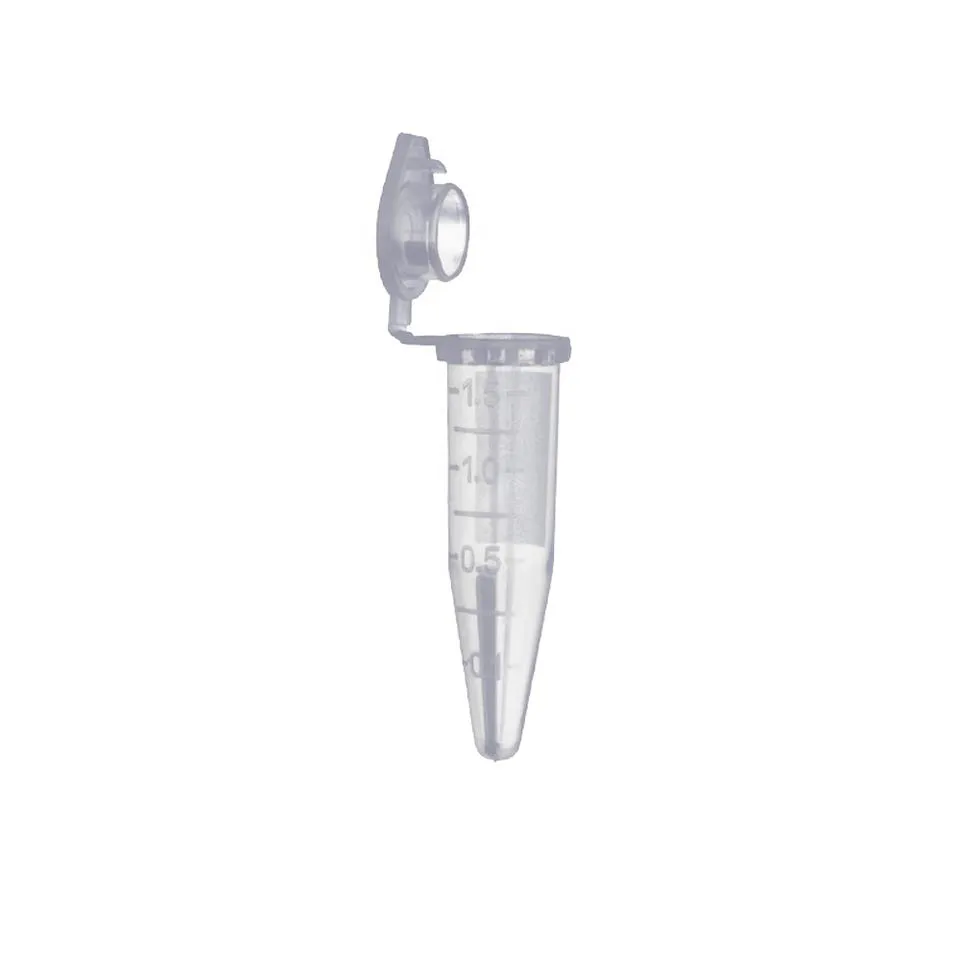Compact Plastic Petri Dishes for Microbiology Experiments and Sample Culturing Needs
The Versatility and Utility of Small Plastic Petri Dishes
Small plastic Petri dishes, often regarded as simple laboratory tools, play a pivotal role in various scientific fields. They are circular, shallow dishes made from plastic, typically featuring a flat lid that creates a sterile environment, making them indispensable for microbiology, cell culture, and various experiments in biology and chemistry.
Origin and Design
Named after the German bacteriologist Julius Richard Petri, these dishes were first introduced in the late 19th century and have since evolved significantly. Traditionally made of glass, modern Petri dishes are usually constructed from polystyrene or polypropylene. These materials are not only lightweight and break-resistant, but they also provide a sterile surface that is ideal for microbial growth. The transparent nature of plastic allows researchers to observe colonies without interference, and many manufacturers offer sterile options that are pre-packaged to ensure cleanliness.
Applications in Microbiology
In microbiology, small plastic Petri dishes are primarily used for culturing microorganisms. Scientists can pour agar media—gelatinous substances derived from seaweed—into the dishes, providing a nutrient-rich environment for bacteria, fungi, and other microorganisms to thrive. By isolating specific organisms on selective media, researchers are able to study their characteristics, behavior, and resistance to antibiotics. This is crucial for fields such as clinical microbiology, where identifying pathogens can lead to effective treatment plans.
Educational Uses
small plastic petri dishes

In educational settings, small plastic Petri dishes are invaluable for teaching students about microbiology and cell biology. They allow students to experiment with growing cultures of yeast, mold, and bacteria, providing hands-on experience that enriches theoretical learning. The dishes can also be used to demonstrate concepts such as contamination, growth rates, and the effectiveness of different antibacterial agents. By engaging with real-life scientific processes, students gain a deeper understanding of microbiological principles and the importance of sterile techniques.
Environmental Applications
Beyond laboratory settings, small plastic Petri dishes have found their way into environmental science. Researchers can utilize them to assess the presence and impact of microorganisms in various environments, such as soil and water samples. The ability to culture specific microbes helps in understanding ecological interactions, pollutant degradation, and biodiversity. For example, scientists might study how microorganisms decompose organic matter in soil or how biofilms form on surfaces in aquatic environments.
Innovations and Future Trends
As scientific research advances, so too do the innovations surrounding Petri dishes. Biodegradable and eco-friendly options are emerging, addressing environmental concerns associated with plastic waste. Advances in 3D printing technology also allow for customized Petri dishes tailored for specific experiments or applications. Furthermore, the incorporation of lab-on-a-chip technologies promises to miniaturize and streamline experimental procedures, possibly reducing the reliance on traditional Petri dishes in the future.
Conclusion
In conclusion, small plastic Petri dishes are much more than mere laboratory artifacts; they are essential tools that facilitate a vast range of scientific research and education. Their versatility allows for a wide array of applications in microbiology, environmental science, and beyond. As we continue to explore new frontiers in science, the importance of these simple yet effective tools will undoubtedly remain. From understanding the intricacies of microbial life to advancing ecological research, small plastic Petri dishes will continue to contribute to our scientific endeavors, symbolizing the foundational principles of experimentation and discovery.
-
Aesthetic Makeup Spray Bottles | Fine Mist Empty RefillableNewsAug.19,2025
-
White Plastic Veterinary Vaccine Vials | Lab Liquid BottlesNewsAug.18,2025
-
Plastic Medicine Liquid Bottle: Secure Flip Top Drug VialsNewsAug.17,2025
-
Durable 250ml Blue Plastic Vaccine Vial for Lab & Vet UseNewsAug.16,2025
-
Sterile Virus Sample Tubes: Secure & Reliable Specimen CollectionNewsAug.15,2025
-
White 250ml Plastic Vaccine Vial for Lab & Vet MedicineNewsAug.14,2025
























